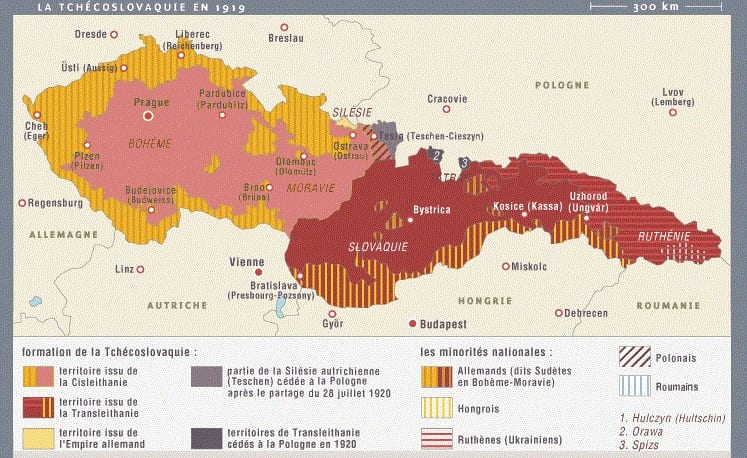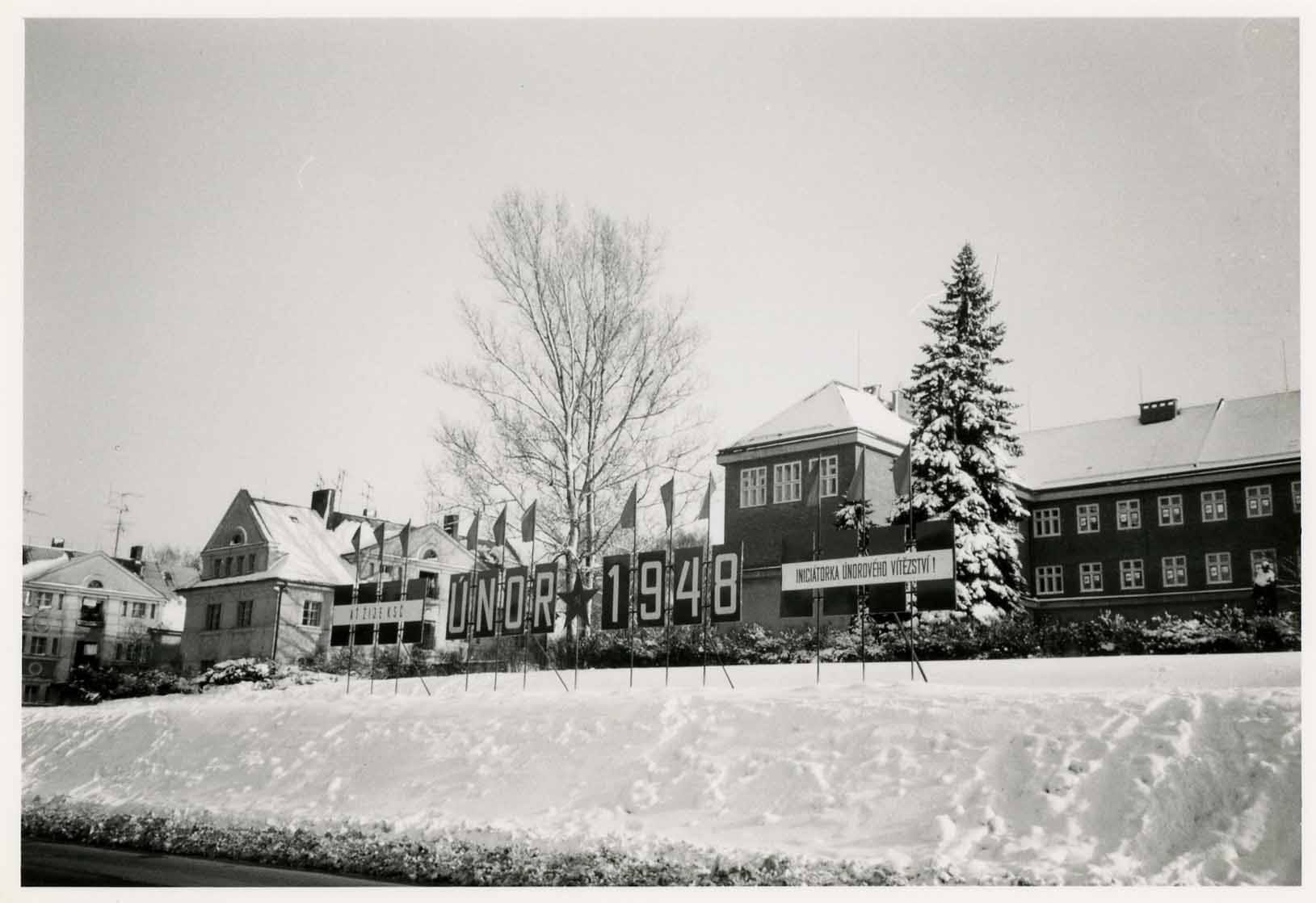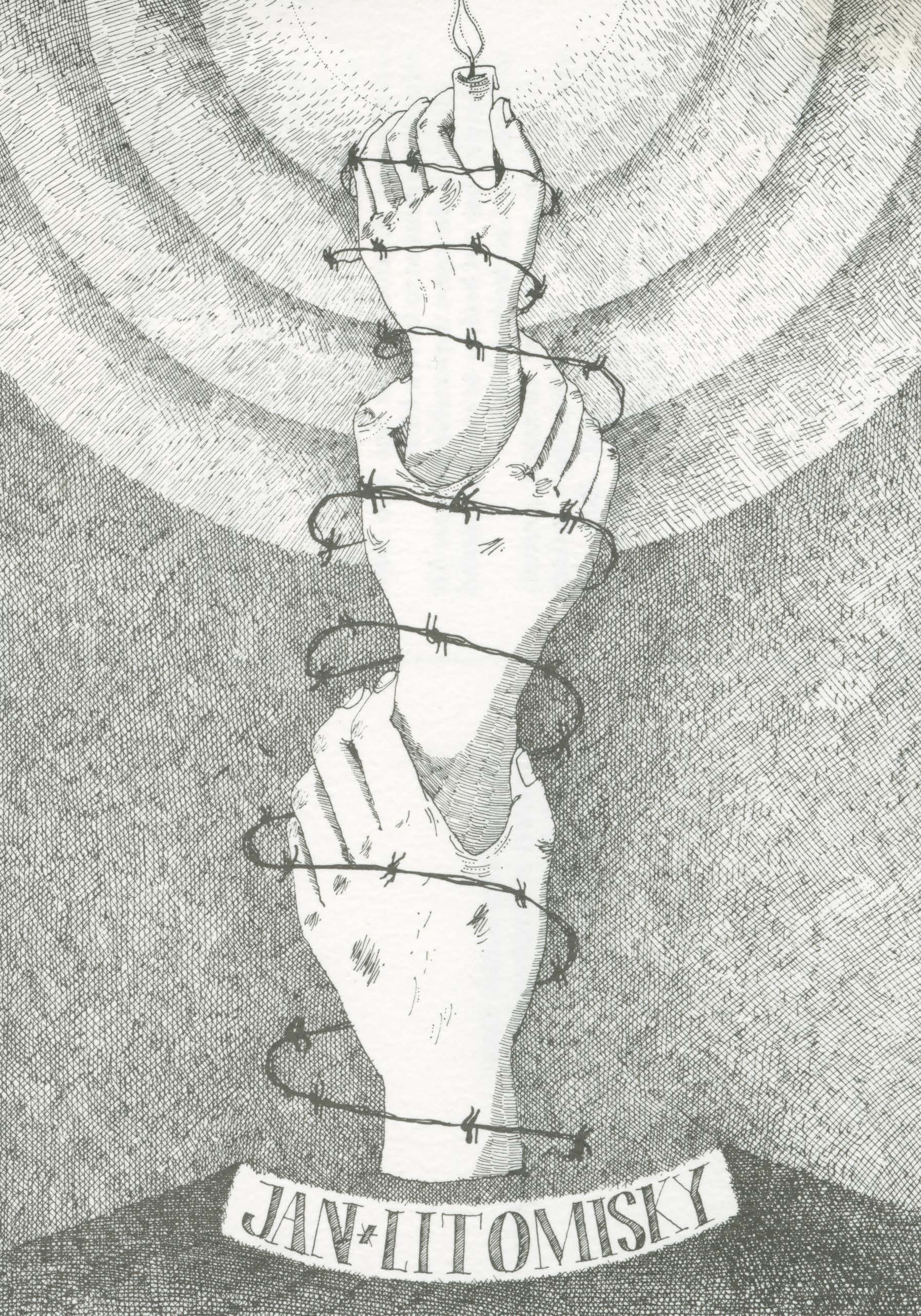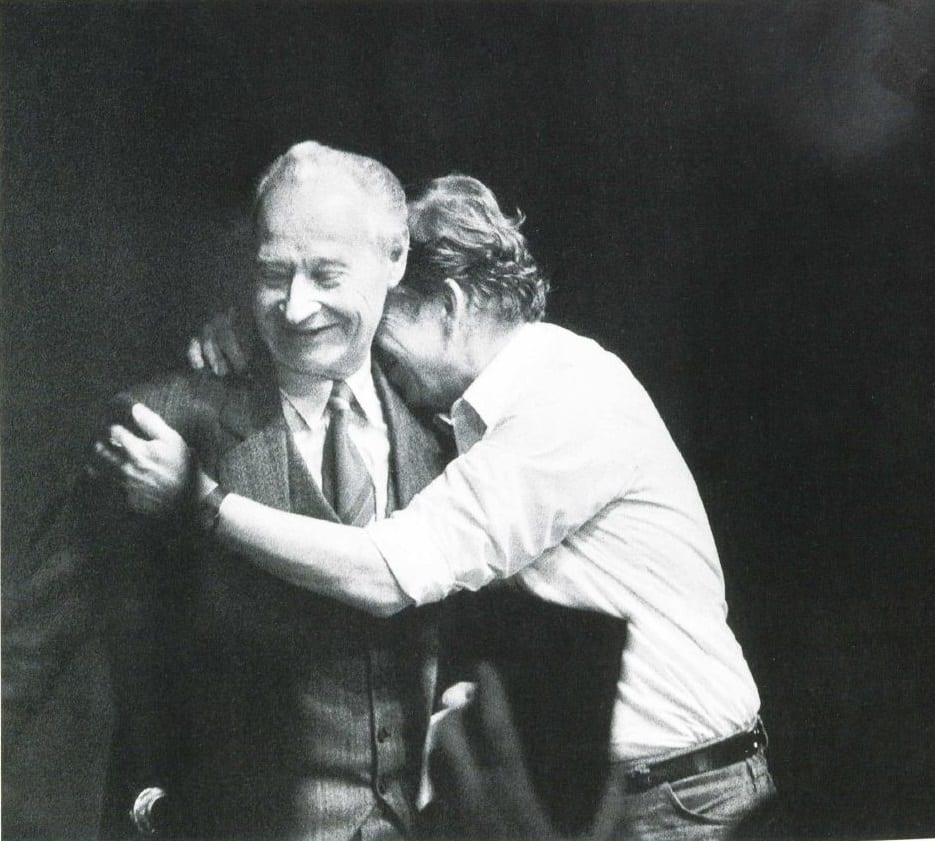
Throughout its history, the central-eastern European state formerly known as Czechoslovakia experienced tumultuous changes in autonomy and identity. The world watched the struggle for democratization and personal freedom throughout the 20th century. Their continued hope for freedom and willingness to stand up for truth in the face of brutality serves as an inspiration to the world. Despite unfortunate circumstances and the influence of invaders, the nation continued its struggle for freedom and truth.

Czechoslovakia emerged out of the crumbling Austro-Hungarian Empire at the end of the First World War. The Austrian capital of Vienna controlled the Czech territories of Bohemia and Moravia and Austrian Silesia, while the Slovakian territory answered to the Eastern capital of Budapest. After the defeat of the Austro-Hungarian Empire in the First World War, exiled political leaders, supported by United States President Woodrow Wilson, advocated for a joint state. Jan Masaryk, a major influence in the creation of the new nation, became the first president after the four areas merged as Czechoslovakia in 1918.

Map showing ethnic diversity in Czechoslovakia in 1919.

As an industrial state, Czechoslovakia suffered economically under the Great Depression. The decline in industry led to public outcry, but the Sudetenland Germans escalated the situation. The Sudetenland, in northwestern Bohemia and Moravia, was primarily German in population and had been included in the Czechoslovakian borders in 1918 due to the Treaty of Saint-Germain. The Sudeten Germans prescribed to National Socialist ideals, forming their own political party in Czechoslovakia in the 1930’s. The Sudeten Germans believed they were treated unfairly by the Czechoslovakian government, and appealed to Adolf Hitler to help them. The issue gained attention on the international stage and culminated at the Munich Conference of 1938, where world leaders allowed Hitler and the Third Reich to annex the Sudetenland in exchange for the promise not to invade the remainder of Czechoslovakia. Hitler and his troops marched into the Sudetenland on October 10, 1938, and shortly thereafter invaded the remainder of Czechoslovakia. They would then invade Poland in early 1939, leading to the Second World War.
Soviet forces moving toward Berlin from the East liberated Czechoslovakia from the Third Reich in 1944. After a series of conferences, the United States, Great Britain, and the Soviet Union secured the German surrender and began planning a post-war world. Unfortunately, the divisions they initiated would set the stage for the Cold War between the East and West. During the Potsdam Conference, Soviet Premier Josef Stalin agreed to the Allies’ plans if they promised not to interfere with Soviet control over Eastern Europe. This border between East and West would later be known as the Iron Curtain. In Czechoslovakia, communists slowly but surely accumulated power until all other parties were cast out and a fixed election in 1948 ensured communist control. The spread of communism succeeded in Czechoslovakia with a bloodless coup d’état.

View of a pro-communist display in a neighborhood in Czechoslovakia. The display refers to the communist transfer of power in 1948. The far right sign reads “initiator of victory.” Photo courtesy of the Keston Center for Religion, Politics, and Society.
The Soviet Union once again invaded Czechoslovakia in the summer of 1968. Alexander Dubček began to implement reform in Czechoslovakia after his appointment as the First Secretary of the Czechoslovakian Communist Party. He introduced what he called “socialism with a human face” which included freedom of the press, the reinstatement of previously removed political enemies, and promised autonomy for Slovakia. Once the reforms started, Dubček began planning a revised constitution and further democratization. The Soviet Union and its Warsaw Pact allies viewed the changes as a “counter-revolution” and invaded Czechoslovakia with troops and armored tanks during the night of August 20. The invasion forced Dubček into exile. The Soviets appointed a new First Secretary for the Communist Party and immediately reversed Dubček’s. The reform period saw a temporary thaw of the grip of communism in Czechoslovakia and is remembered as the Prague Spring.


Soviet General Secretary Mikhail Gorbachev implemented a series of reforms in the late 1980’s known as glasnost and perestroika. These reforms liberalized both economy and society in the Soviet sphere of influence and opened the Soviet sphere of influence to democratization. One by one the Warsaw Pact states demanded more. In Czechoslovakia, demonstrations began with students in Bratislava, which soon sparked demonstrations across the country. More than 200,000 protested in the streets of Prague and were met by brutal police force. Soon, opposition groups began voiced dissent, culminating in a general, country-wide strike on November 27, 1989. The strike called for democratization of the government and the end of one-party rule. Public demand eventually forced the communists to cooperate with opposition groups to form a transitional government which led to the resignation of the First Secretary of the Czechoslovakian Communist Party and the first free election in Czechoslovakia since 1946. Václav Havel became the first freely elected president of Czechoslovakia in almost 50 years. The civil nature of the democratization of Czechoslovakia earned the title Velvet Revolution.

Alexander Dubček and Václav Havel after hearing Communist leaders had resigned; Prague, November 24, 1989.
The autonomy of Slovakia remained an issue throughout the Soviet occupation, as noted in Dubček’s reforms that led to the Prague Spring. Shortly after their joint independence, separatist movements became prevalent. After the resignation of Václav Havel in 1992, the National Assembly voted to dissolve the union and create the independent states of Slovakia and the Czech Republic. Often referred to as the Velvet Divorce, the two countries drafted new constitutions and became officially independent on January 1, 1993.